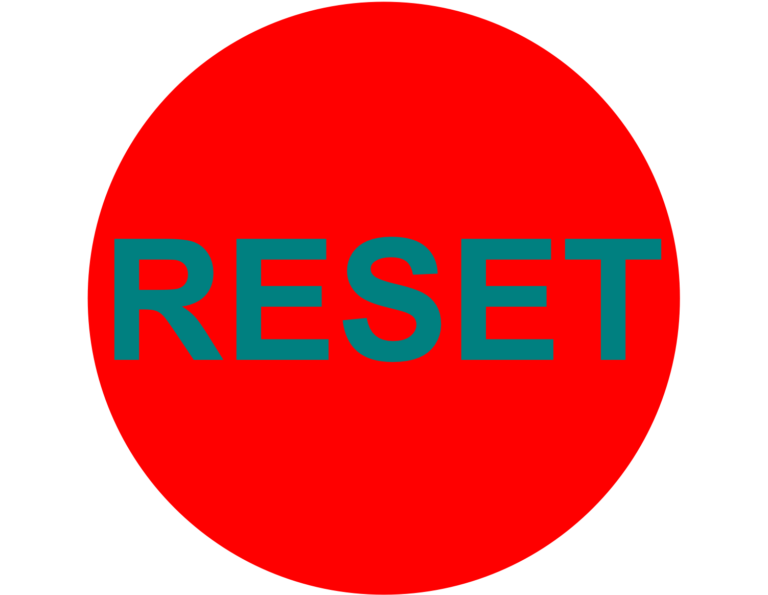How to Say No Without Feeling Guilty


NO. The two-letter word almost everyone is hesitant to say. So much so that it has become an art to say “No”.
While it is difficult, it is a helpful skill to learn to say no. Even a life changer. The common reasons why we don’t say no are:
- Afraid of confrontation
- To avoid conflicts
- Sense of guilt
Fortunately, there is a way to actually say “No” without feeling any of these. There is a perfectly professional and polite way of saying no.
When to say no
First, there are certain situations where “no” is the only right answer. You should know precisely when to say no so that you don’t regret your decisions and blame yourself later. You should be aware of your needs and wants to be able to understand when to say “No.”
If you feel overloaded
It’s obvious. If you have a tight-packed schedule you shouldn’t be saying yes to other responsibilities. So, before you jump up to say “Yes I will do anything for you”, think about your schedule. Think if you have the time for it. And do not delude yourself into saying I can squeeze some time in for that.
If it breaches your boundaries
This should be an obvious one too, but sadly it’s not for many people. If saying yes goes against any of your values, if it crosses your personal boundaries, or if it is against your beliefs – you should be saying no. No second thoughts are needed.
If you are doing it to please someone
When you are faced with a situation where you have to answer “Yes or No” ask yourself “Why am I doing this?”
If your answer is because “The person asking will be happy,” that’s not a good enough reason. You should also be happy (or at least content) when you say yes.
How to say No
Say it
No matter how many techniques you learn, you should literally say the word “No” so that the person asking knows you are in fact declining their offer. Do not beat around the bush or mislead the person.
Some of the phrases to avoid:
“I’ll think about it.”
“Maybe I’ll do it”
Not replying at all does not count as “No” either.
Be assertive
Your tone should be firm. One that will make the person think that you are 100% sure about your decision and you cannot be convinced otherwise. But remember, while you should be assertive, don’t be rude. Be polite and professional, but make sure you deliver the point. Some ways you can say that are:
“Unfortunately, I can’t.”
“I’m sorry, I don’t think I can do that.”
To learn how to be assertive, try taking the 30-Day Assertiveness Challenge.
Offer alternatives
If you feel you are letting someone down by saying no, give them alternative ideas. Let’s say, for example, someone asks you to organize a messy spreadsheet. You can say:
“Hey, I genuinely don’t have the time to do it right now, but instead I can send you this video that’ll help you do it yourself.”
Or you can give a quick explanation of how to do it by yourself and get on with your work.
Practice
I know it might feel awkward to practice saying no in front of the mirror or elsewhere. But when you are put in a position to reply immediately and you don’t know how to respond, there’s a higher chance you are going to say “No” if you practice ahead of time.
What I’d suggest is to have a few templates in your mind. For example:
“Hey ____, I’d like to help you out on _____ but unfortunately, I don’t have the time for it.”
You can also go with a simpler option if that’s what suits you. For example:
“I’m sorry, my schedule is full.”
Having a prebuilt template in your mind means when faced with a situation to reply instantly, you have an automatic response, and the chances of you accidentally saying “Yes” lessens.
Understand tactics
There are manipulative ways to make someone say “Yes.” While this is a brilliant way, it is not going to help us when we intend to say “No.” You should know and learn these techniques so that you know how to avoid them.
If someone asks you “Can you do this work for me?” there’s a good chance you can apply your template and say “No”
But if someone asks, “Hey are you going to do Task A or Task B?” you’ll probably end up choosing one of them. Rewire your brain to ask, “Why should I do either of them?”
Another tactic is called the “But you are free” technique. This one is backed by psychological studies too. When someone says “Hey, can you do this. Of course you are free not to.” you feel empowered for getting the freedom of choice and are more likely to say yes.
There are many more similar tactics out there that you should be aware of. Learn them and learn to maneuver around them.
Question back
When someone is super stubborn and won’t accept no for an answer, ask them questions.
“If I take up your task, will you help me finish my task?”
“My schedule is too packed to take up new obligations, will you help me arrange my schedule so that I can fit this in?”
Asking such questions will make the other person aware of your position and will understand the reason why you are saying “No.”
Conclusion
Saying no might make you feel guilty, but at the end of the day, it is going to save you time, protect your values, and prevent mental anguish.
Is it easy? No. Is it possible? Yes. Is it worth learning? Absolutely!
So be kind and say no when you have to. It is a symbol of mental strength.
–
–
About the Author
Hey there! I’m Vy. I’m a blogger who can help you create amazing content. I’ve been keeping tabs on the digital marketing world since 2016, and I’m always on the lookout for the latest trends. Plus, I write about topics that can help you make the most of your life. You can find my blog at https://thisisvy.net



